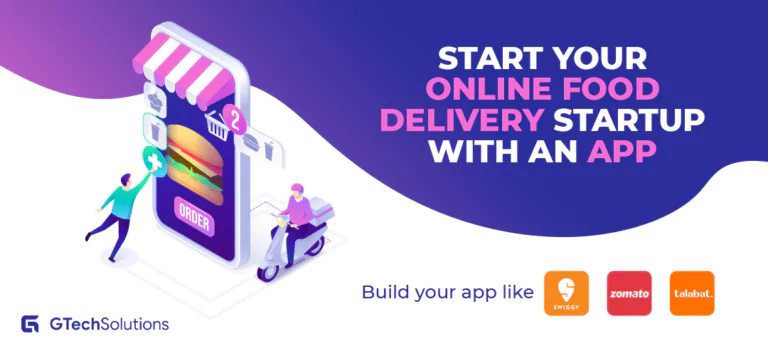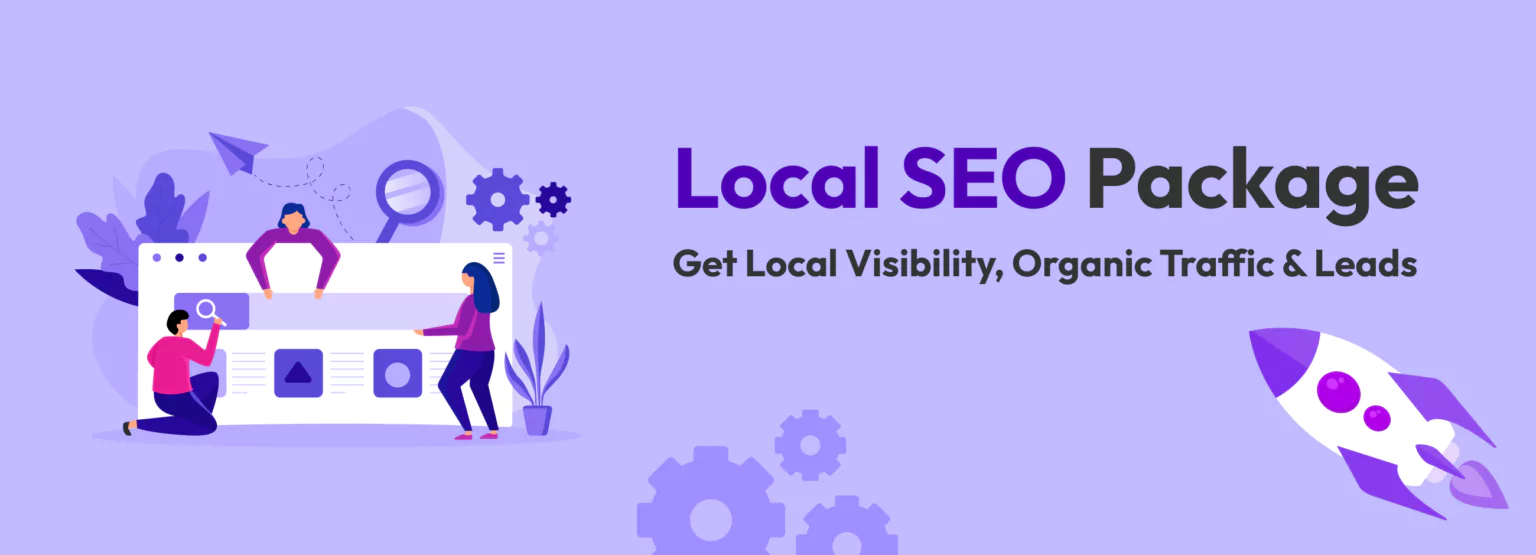The Elaborate Yet Effective Android Mobile App Development Process


Android smartphones and Android apps have the largest user base in the world of around 83% of the mobile phone and app market. This is because they are cheaper yet as efficient as iphones and iOS apps. Hence, most of the mobile app developers prefer to develop native Andoid apps instead of native iOS apps but what exactly is the process involved in developing an Android app? That’s what we’ll have a look at in this blog post so, kindly stay tuned.
Table Of Contents
The Internationally Recognized Android App Development Process
The Internationally Recognized Android App Development Process
Developing an Android appinvolves taking many factors into consideration and detailed planning before designing the app. The android app making process is as follows.
Doing Market Research
Doing proper market research involves the following steps:
Identifying your target audience and their requirements that your app can satisfy.
Understanding your target audience’s requirements and expectations from the app so that you can design your app accordingly.
Checking whether your app can have any additional functionalities that will give you an edge over your competitors.
Analyzing and understanding what app development processes your competitors follow and what their users like about their apps so that you can incorporate those features in your app or better still, install even better features on your app.
Deciding on the coding technology or SDK you’re going to use for app development. There are a ton of coding technologies and SDKs out there to develop native and hybrid apps and you need to choose one that most aligns with your target audience’s preferences and requirements.
If you’re app is going to be a paid app, you need to check your competitor’s pricings and price your app competitively. It should be worth its features but not priced so much that your customers feel that it’s costly.
You must choose your app’s features in such a way that your customers’ requirements and the essential functionalities are covered but you must not incorporate too many features into your app such that it takes way too long to develop and deploy.
Prolonged app development time will only increase your app development cost and heighten the chances of you facing more competition in the chosen niche.
Planning And Creating A Wireframe For The Design Of The App
Once you have done the market research and got to know about your target audience’s app requirements and expectations, you can build a wireframe for the app and start refining it until the optimal design is arrived at.
Your app’s UI must be attractive, engaging, sophisticated, yet easy to navigate to acquire and retain the maximum possible users.
A wireframe of an app is like the roadmap to its design. It defines what the app must look like and what features and functionalities it must have. The better the wireframe of an app is designed, the better the app will look and perform and the better user ratings and reviews it’ll get.
Designing The Android App
The Android app has to be designed according to the wireframe that has been developed and finalized. The app has to meet (or even surpass) the requirements and expectations of your target audience.
To design an Android app, one needs to refine and finalize its wireframe, choose the appropriate coding technology and SDK depending on the preferences of the target audience, and design the frontend, UI, and backend sections of the app using appropriate coding technologies like Javascript, Node.js, Fiver, etcetera. All of the app’s the design and performance objectives must be met.
Testing The Android App
Testing your Android app thoroughly and under all possible use case scenarios is important as it will preserve the functional integrity of your app and enable your users to have a seamless and smooth experience.
Testing an Android app has three phases. They are as listed below.
The UI/UX or the frontend section of the app, has to be thoroughly tested to ensure that your users get a great experience while browsing the app. A smooth and seamless UI/UX will heighten user engagement and retention.
The performance of every feature of the app must be tested thoroughly to detect and correct any flaws present in the app’s design and functionality. This practice will ensure that the functional integrity of the app is maintained and thereby the reputation of the company.
The data security standards of the app has to be deeply scrutinized so that any chink in data security can be identified and corrected. Securing and keeping private customers’ data is very essential to any business. If the security and privacy of an app is compromised, it will see a sharp decline in the number of its users as it happened with Facebook a few years ago.
App Store Optimization (ASO)
Once designing your Android app has been completed, you must apply appropriate App Store Optimization (ASO) techniques to rank your app on Play Store. Your Android app has to be optimized for:
Its title: The title of your Android app has to be short, catchy, and relevant to your niche to attract the attention of your target audience.
Its description: The description of your app has to be appealing and compelling. It has to describe concisely what your app does and what are the advantages of using it. The more compelling your app’s description is, the more downloads it’ll get and the more money it’ll make for you.
Its category: It’s common sense that your app needs to be categorized correctly to be visible to your target audience. Otherwise, it’ll show up on irrelevant searches and will hardly get any downloads.
Its keywords:Relevant keywords with high search volumes but relatively low competition have to be used to optimize your app for Play Store. Only then your app will be listed high on relevant Play Store searches and will get more downloads.
Its icon:The icon or logo of your app has to be consistent (relevant) and eye-catching. It must convey the services and values your business stands for. An attractive and consistent icon will make a good impression on users and augment app downloads.
Its use case screenshots: The Android app’s use case screenshots uploaded on Play Store must convince your target audience that your app is useful and convenient to use. It must impress upon your target audience, the advantages of using your app.
Periodically updating your app
Just ranking your Android app on Play Store is not the end of the road or enough. You must actively listen to your users’ reviews and implement any meaningful suggestions they might have. Only then you can maintain your customer satisfaction and an edge over your competitors.
What We Have To Offer To You
If you need a native Android app to take your business to the next level and to improve it in all aspects, just get in touch with us and we’ll take it from there. We have quite a few years of proven experience in developing native as well as hybrid apps.
Our impressive app development portfolio and jubilant client reviews speak volumes about our technical expertise and professionalism. Our hi-tech apps have helped take our clients’ businesses to the next level. We also offer our top-notch app development services at very reasonable and affordable costs. So, you have everything to gain and nothing to lose by getting in touch with us.

The Author
Gopinath Murugaiyan
Managing Director



